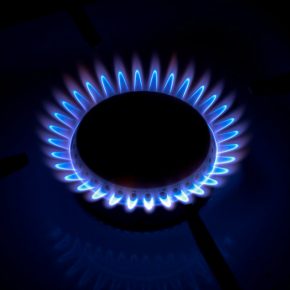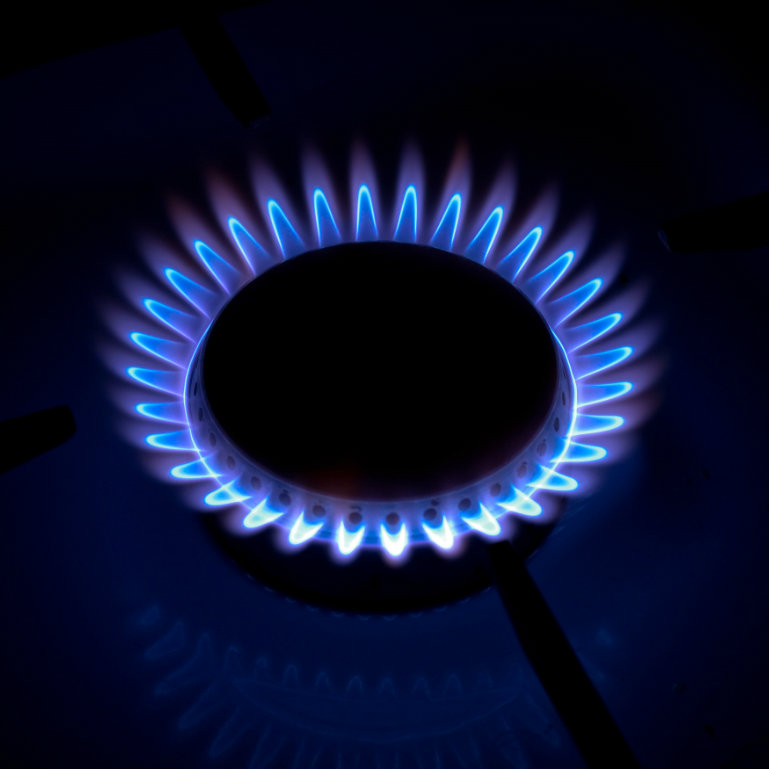
(Milosz1, CC BY)
The Medium-ish Four Meet
The leaders of Lithuania, Latvia, Estonia and Poland met in Tallin at the beginning of May in the latest bid to move forward energy integration and to try and resist the Nord Stream 2 project. “We would want to desynchronize the Baltic States from Russia. And first priority is desynchronization which will be done through Poland,” said Juri Ratas, Estonian Prime Minister in Tallin. “All four of us agreed that we will get clarity of vision between all four countries by the end of the year,” he added. This may be easier said than done as the systems are still integrated with those of Belarus and Russia.
One Link or Two?
But the links may be realized between Poland and Lithuania or Estonia and Finland (via underwater cables). During the meeting, Lithuania reported some progress on the synchronization of a single so-called LitPol link line. Estonia however, maintained its support of an undersea link to Scandanavia or of two overland links.
Speaking to the Baltic Course portal, Ave Temepere, an advisor to the Estonian government, said “[that] by the end of the year the solution for synchronization through Poland would have to be found and declared in a memorandum of understanding…[this] can be signed also in June if synchronization with Central Europe with at least two separate lines in different routes is stated a the preferred option, as it has been the Baltic States’ common main scenario for years.” So, the memorandum of understanding may to be signed this month.
“A single connection via Poland,” Tampere continued, “the single link line could be undermined and to build safe capacity would need a further EUR200m and EUR600m in operating costs footed by Baltic consumers themselves.”
“The problem of the number of lines could be resolved by a committee of experts that would do a technical appraisal,” said Aurelija Vernickaite, spokesperson for the Lithuanian energy ministry. “The four countries agree that synchronization via Poland is the best option. And the agreement endorsed during the meeting of the four Prime Ministers in Tallin is a very important step. Connection to electricity networks of continental Europe is the most optimum in terms of price and time,” Vernickaite stated. Saulius Skvernelis, Lithuanian PM endorsed this view when he supported the single link option, having earlier being against such a move.
The costs, as determined by the Joint Research Centre of the European Commission, were that the optimum option of two lines, would cost EUR770-960m, whilst one connector would come in at EUR900m and an underwater connector with Scandanavia EUR1.36-1.41bn.
Price Is the Key
Sensitivity regarding prices was shown when Lithuania’s Eletrenai power plant was activated after prices in the Lithuanian bidding area (Nord Pool) spiked on May 22nd. Maintenance at the Riga power station and at the Finnish Olkiluoto 2 nuclear plant was cited as the reason for the activation. Over that weekend, the average electricity price had risen by 9.4% to a level of EUR30.09 per mw hour. At the beginning of June they increased even further, up to EUR50.36. Average in the biding area is EUR35.10.
The Very Big Picture-Gazprom, Divide et Imperia
It was significant that the US Secretary of Defense General James Mattis arrived to Vilnius on a mission of reassurance. At stake are not only commercial interests, household and industrial energy prices but international power politics.
The portal Naturalgasworld.com aptly summed up the situation: “EU battles Russia’s Nord Stream 2 Slice ‘n’ Dice”. Despite legal injunctions on the part of Poland to have the pipeline blocked, it is a certainty that it will go ahead and it is argued whether this is a part of a Russian policy to divide the EU or at least separate the former Soviet republics and Poland from further integration with the Western Europe. The Baltics and Poland are thus faced with the classic dilemma of the weak – accept the deal or defeat.
In late April, Gazprom announced that it had clinched a deal that financed 50 per cent of the construction of the pipeline. The deal in question was worth EUR4.75bn and five European companies, two of them German (read more). Full equity will remain in Gazporom’s, and therefore Russian state hands. Sensitivity about deals between Germany and Russia is especially high in Poland.
The EU stance now seems to be one of compromise. Negotiation with one bloc may make economic sense, rather than individual member states, but may do little to allay geo-political fears in the CEE states, especially the Baltics. The Energy Union is a scheme that seeks to negotiate en bloc and establish a presence in individual states’ negotiation as well. This is doing by modifying the regulations, so permitting the EU to have a say in individual member states and their negotiations. The move could prove double edged as 30 per cent of the EU supply is from Gazprom, 75 per cent of Gazprom’s exports go to Europe.
“Having access to a regional gas market means access to various suppliers who are competing to provide the best price. It also means better security of supply,” noted the European Bank of Reconstruction and Development (EBRD) in April.
Memo from Sun Tzu- First, Split Your Opponents’ Alliances
Russia is still using its time-honored modus operandi of splitting its potential adversarial alliances. “Nord Stream 2 is yet another Russian effort to divide and rule in the European energy space, just what the solidarity of the Energy Union was meant to avoid,” said Douglas Hengel from the German Marshall Fund.
Russia has offered Latvia EUR25m to involve the port of Ventspils in the building of the pipeline – the mayor is a shareholder in the port and the leader of the Russian minority in Latvia.
The Czech Republic is wobbly. Nord Stream 2 would carry 50 billion cubic meters (bcm) of gas to the country and beyond, reinforcing Czech aspirations to be a major gas hub. Slovakia, in its criticism of Nord Stream 2, is muted too.
Acceptance of Reality
Nord Stream 2 will happen and the EU position of growing accommodation simply reflects this basic reality. Commercial interests and geopolitics meet but cannot fully be reconciled. Russia will remain the largest gas supplier to Europe for decades to come. Gazprom expects demand to grow especially in Central Europe (non-former Soviet Bloc satellites) by 15 per cent to 55 bcm. Ukraine looks set to be by-passed as a transit country. Gazprom states that Nord Stream 2 will decrease the flow of transit gas from 60 bcm to 10 bcm by 2020. Divide and rule at its most brutal.
Demand in Europe for cheap energy is not likely to slow down or fall, so Gazprom and Russia are still major players in the Great Game. Nord Stream 2 is “necessary , safe, economic and legal” said Gazprom’s representatives at the European Business Summit in Brussels on May, which is a clear statement of intent if ever there were one.


